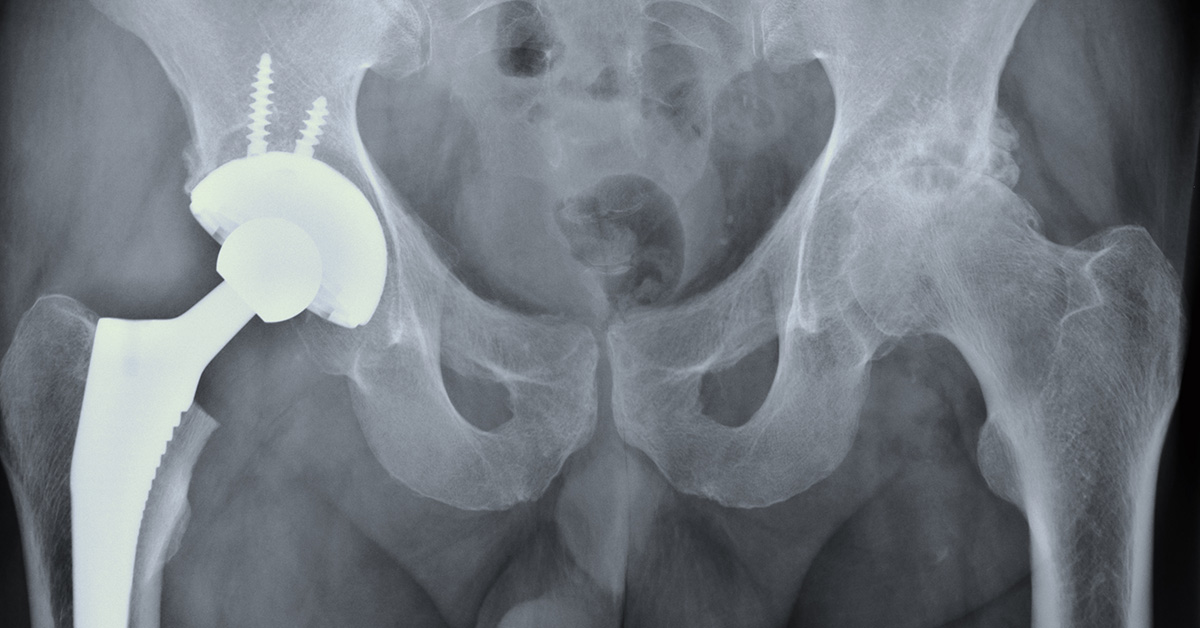
What is Total Hip Replacement?
Total hip replacement is an orthopedic surgical procedure that involves the removal of the diseased hip joint and replacement with an artificial prosthesis. The artificial prosthesis may be metallic or ceramic.
Total hip replacements are performed on patients who suffer from severe osteoporosis or osteoarthritis of the hip bones. Elderly patients commonly receive this surgery.
How is a Total Hip Replacement (Ceramic on Ceramic) Performed?
The general procedure is similar to any surgery, in that the physician will obtain consent from the patient, who must be made aware of the risks and benefits of the operation. The skin covering the affected hip is cleaned with antiseptic solution and then covered in sterile drapes.
Once the skin has been incised, and surrounding tissue has been moved aside to expose the hip joint, the head of the femur bone is gently removed from its socket, where it sits in the pelvic bone. Excising the damage from the head of the femur, the surgeon then cleans the socket and removes any damaged cartilage from the area. After this portion of the surgery is completed, two steps remain.
The first step involves preparation of the socket joint. Once the damaged cartilage has been removed, a metallic shell implant is placed in the socket and fixed, with the surgeon using bone cement or screws. This helps to create a shape within the socket joint. The metallic shell implant is then lined with a ceramic liner, and this is the surface against which the head of the femur actually will move.
Preparing the head of the femur is the next step. After removing the damaged part of this structure, the surgeon prepares a canal that goes through the neck of the femur and sometimes into the body of the femur bone. Through this canal, a metallic implant is passed and then held in place with bone cement. A ceramic ball is attached to the free end of the metallic implants, and this forms the head of the femur.
After completing the second step, the surgeon places the femur back into its socket and closes the wound.
After the Procedure
Following the procedure, patients are observed in the hospital and then discharged. They may require a course of painkillers and physical therapy to help them get back on their feet.
Benefits and Risks
The benefit of undergoing a ceramic on ceramic total hip replacement is that the patient can regain the mobility that they had lost due to the damaged hip joint. Ongoing studies have shown that these types of hip replacements do not require revisions for a number of years, meaning that they last for a very long time. Patients can eventually return to leading the normal quality of life that they expect. Ceramic replacements exhibit less and wear and tear than plastic implants.
The risks of the procedure are mostly associated with general anesthetic. Allergic reactions are rare. Bleeding and bruising at the site is common, but this settles down after a few days. Infection of the hip joint is also rare but if it occurs, it must be treated with antibiotics.

